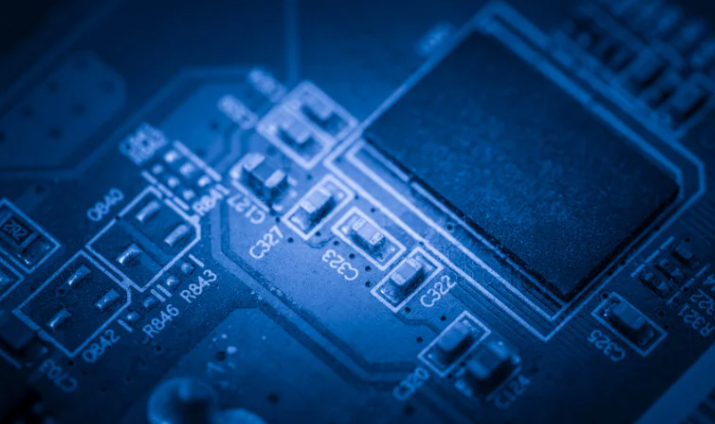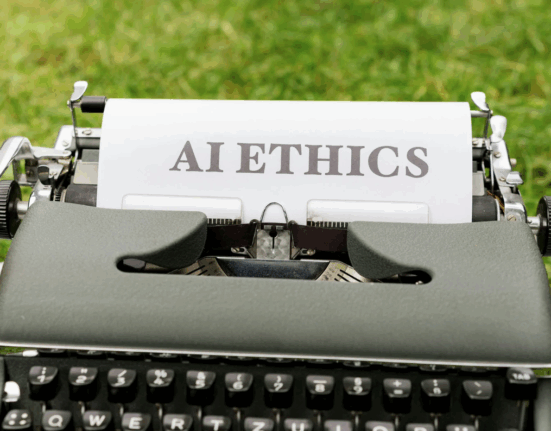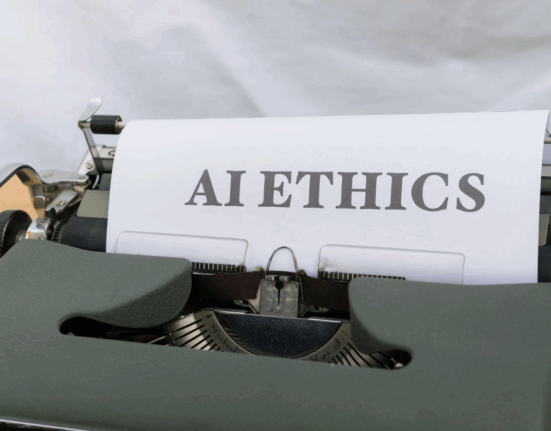Introduction: Why Modernization Matters in Healthcare
Diagnostic imaging lies at the core of modern medicine. X-rays, MRIs, and CT scans produce vast amounts of data, but legacy systems often limit how efficiently doctors can use it. Computer vision imaging upgrades bring AI-powered precision to these systems, enhancing accuracy, reducing errors, and improving patient outcomes.
What Is Computer Vision Imaging?
Computer vision imaging applies AI algorithms to analyze medical images. It supports clinicians in detecting patterns, anomalies, or changes too subtle for the human eye, accelerating decision-making and treatment planning.
Why Modernize Diagnostic Imaging Systems with Computer Vision?
Accuracy and Precision
AI improves the detection of tumors, fractures, and early disease markers.
Efficiency and Speed
Automated analysis shortens time between imaging and diagnosis.
Cost Savings
Upgrading legacy systems extends infrastructure life without total replacement.
Better Patient Outcomes
Faster, more reliable diagnostics enable earlier interventions.
Challenges in Computer Vision Imaging Integration
Legacy Infrastructure Limitations
Older machines may not support advanced AI integration.
Data Privacy Regulations
Strict compliance with HIPAA and GDPR is essential.
Training Medical Staff
Clinicians need training to interpret and trust AI outputs.
High Initial Investment
Hardware, software, and data preparation require upfront costs.
Applications of Computer Vision in Diagnostic Imaging
- Radiology: Detecting cancer, fractures, and lung disease in scans.
- Pathology: Analyzing tissue slides with greater accuracy.
- Cardiology: Identifying heart irregularities from echocardiograms.
- Neurology: Mapping brain scans for early signs of dementia.
Steps to Modernize Imaging Systems with Computer Vision
1. Audit Existing Equipment
Identify which systems can be upgraded versus replaced.
2. Define Clear Objectives
Choose goals like anomaly detection or workflow automation.
3. Select the Right Tools
Use frameworks such as TensorFlow, PyTorch, or vendor AI solutions.
4. Pilot Projects
Start small, validate results, then scale hospital-wide.
5. Train and Support Staff
Ensure clinicians understand both the technology and its limitations.
Case Study: Radiology Department Upgrade
A regional hospital added computer vision imaging to its CT systems. AI reduced diagnostic time by 40% and improved detection rates for early-stage cancers.
Future of Computer Vision Imaging in Healthcare
Explainable AI
Transparent outputs help clinicians trust AI recommendations.
Edge AI in Hospitals
On-site processing reduces latency for real-time diagnoses.
AI-Driven Personalized Medicine
Computer vision will tailor treatments based on patient-specific data.
Standardized Interoperability
Common frameworks will make integration easier across hospitals.
Best Practices for Successful Integration
- Collaborate with experienced AI vendors.
- Ensure data security from collection to storage.
- Combine human expertise with AI analysis for reliability.
- Monitor outcomes continuously to refine systems.
Conclusion: Smarter Imaging for Better Care
Modernizing diagnostic imaging systems with computer vision creates a new standard for healthcare. By enhancing accuracy, efficiency, and trust, hospitals can transform patient care while extending the life of their existing systems.
FAQ
1. What is computer vision imaging in healthcare?
It’s the use of AI to analyze medical images and support clinical decisions.
2. Why upgrade legacy imaging systems with computer vision?
To improve accuracy, speed, and outcomes without replacing costly equipment.
3. What challenges exist in integrating computer vision imaging?
Compatibility, compliance, costs, and staff training are common barriers.
4. What are the main applications of computer vision imaging?
Radiology, pathology, cardiology, and neurology benefit most.
5. How can hospitals begin modernization?
By auditing equipment, defining goals, piloting AI tools, and training staff.








